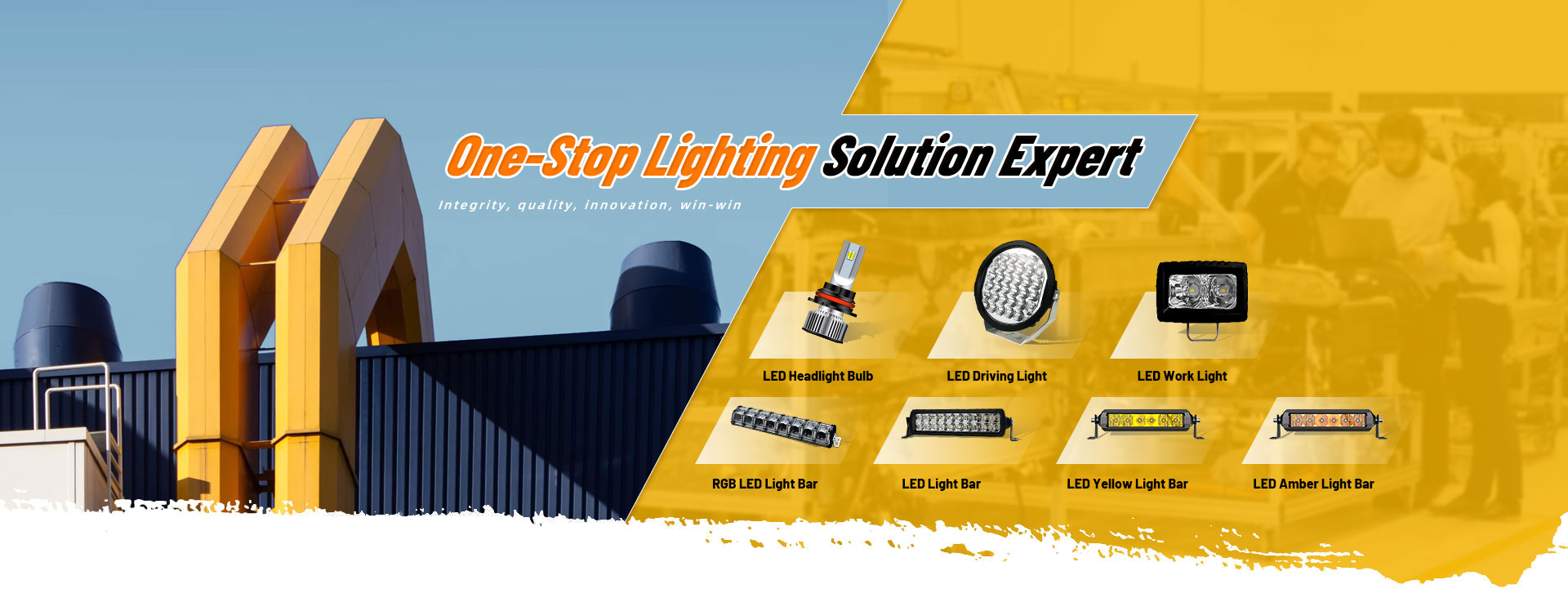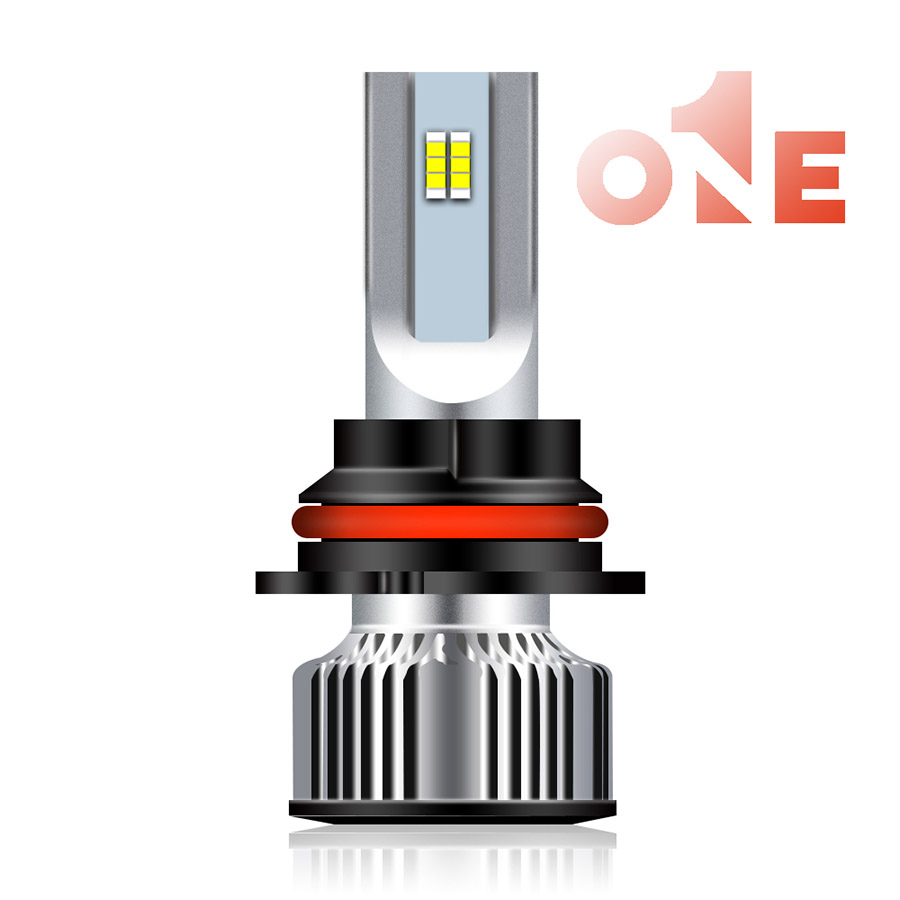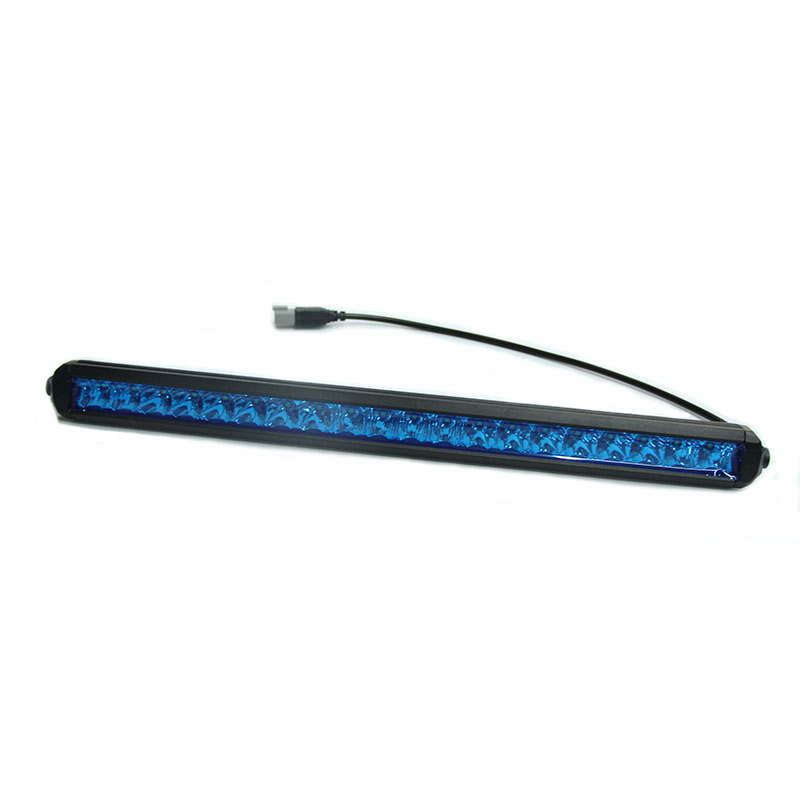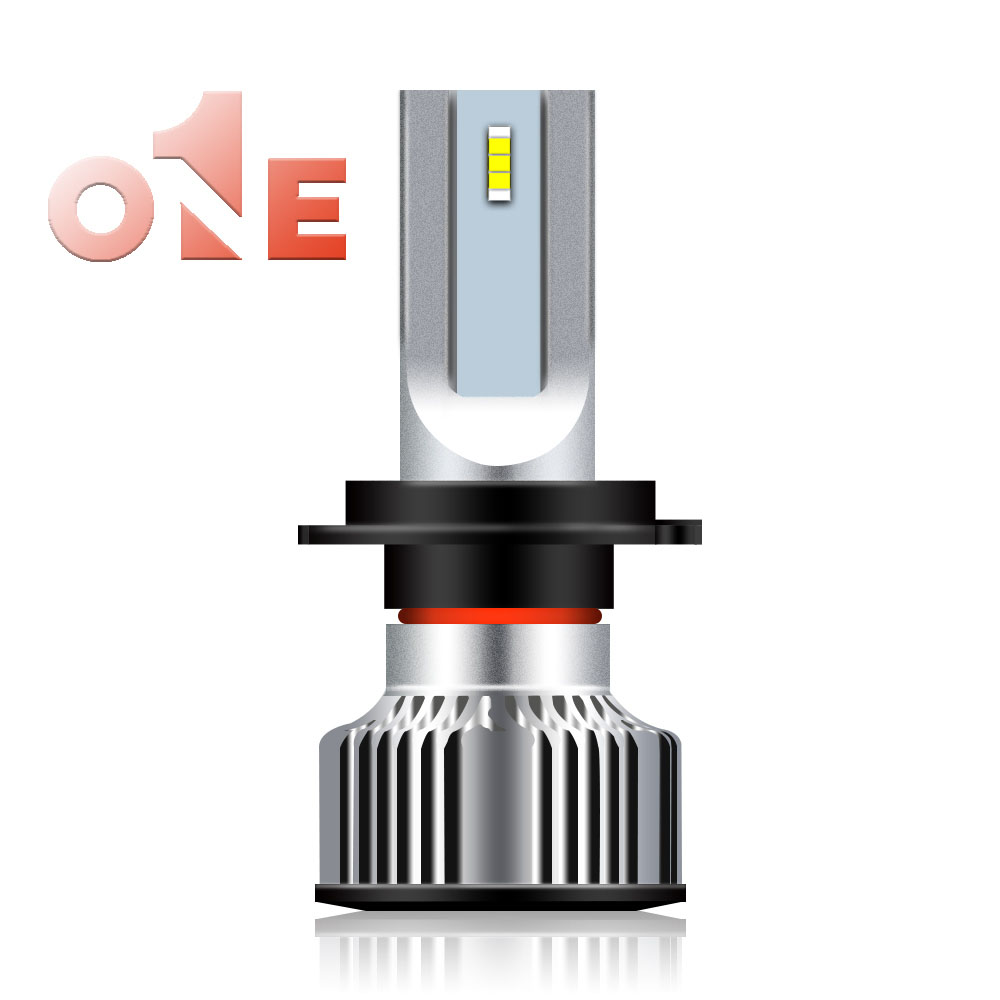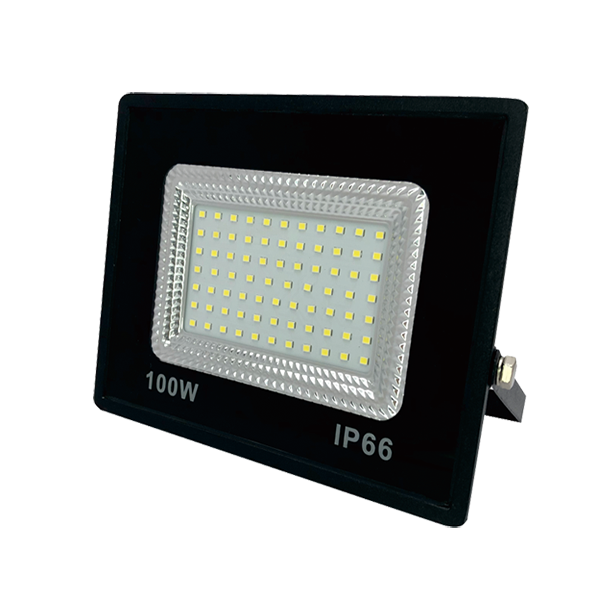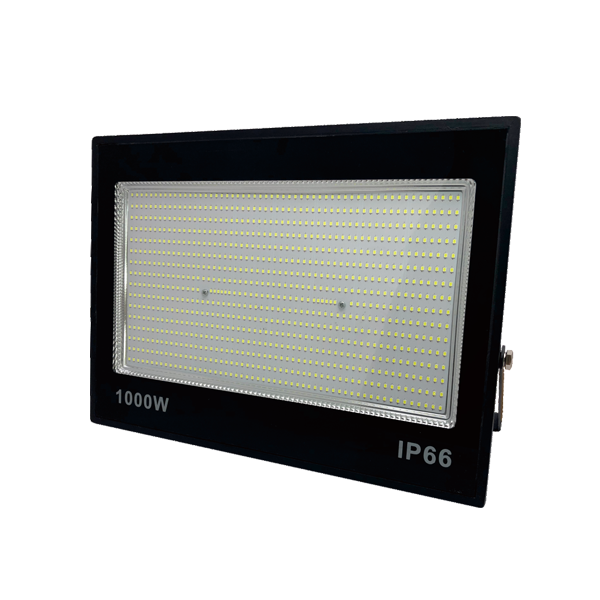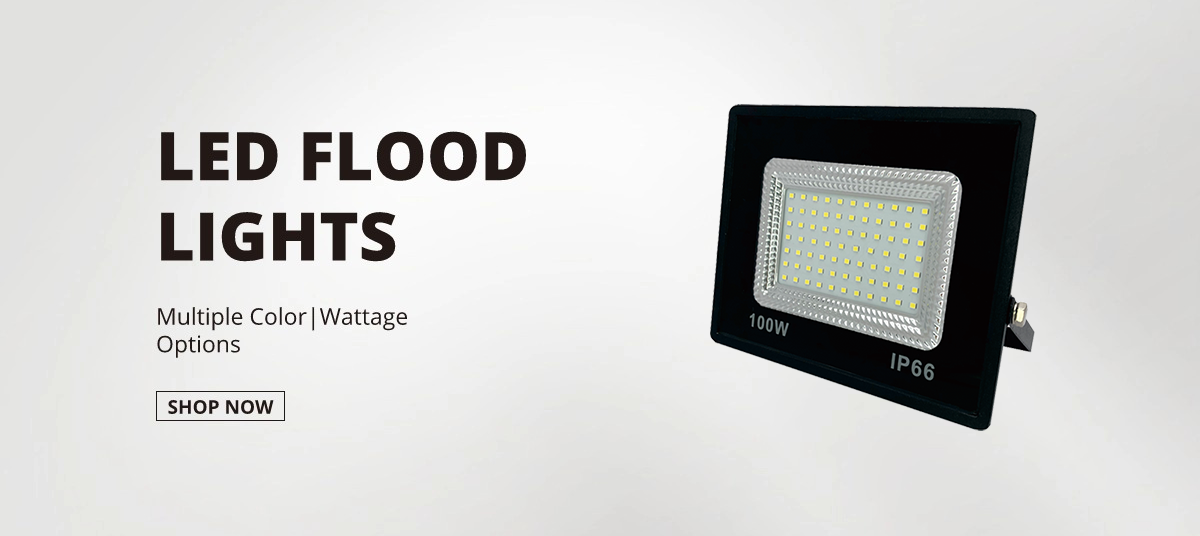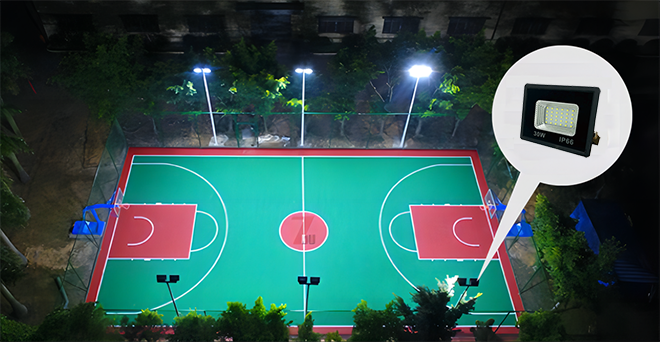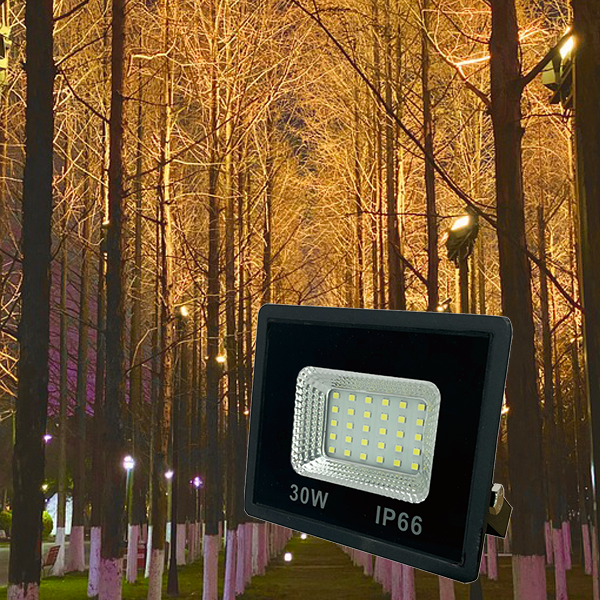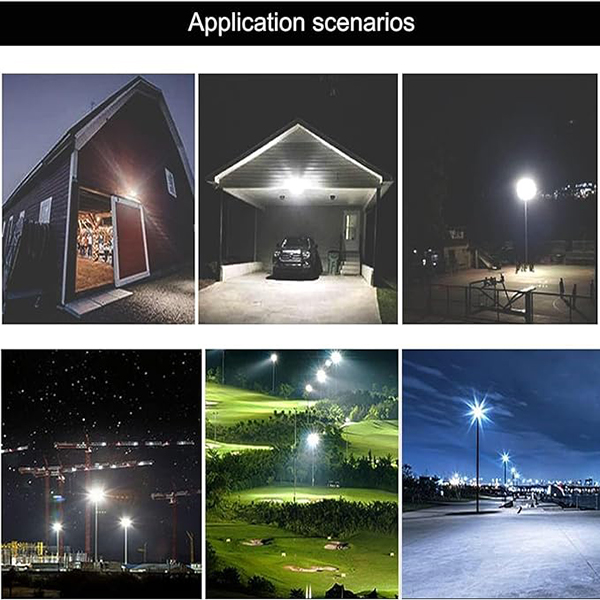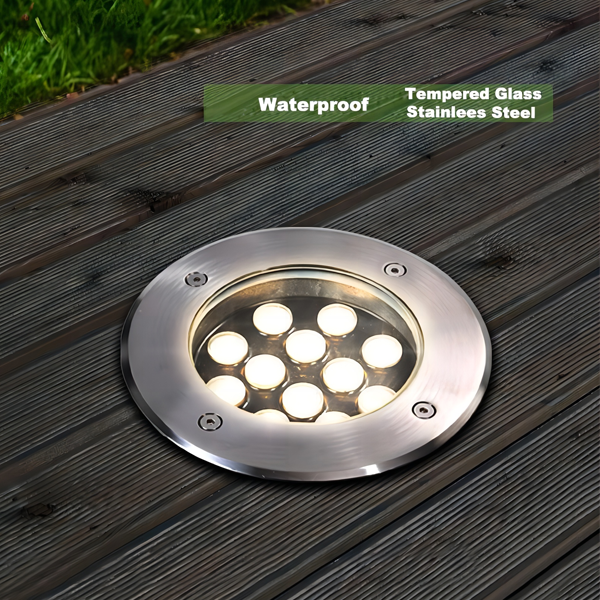The use of 1000w led grow light is coordinated with the light saturation point and light compensation point of different plants. The light saturation point and light compensation point of plants vary with crop types and cultivation conditions. Some negative plants reach light saturation with less than 10,000 lux, while positive plants require tens of thousands of lux to reach saturation. Some four-carbon (C-port plants) are often not fully saturated when exposed to direct sunlight at noon (about 100,000 lux). Generally, the light saturation point of three-carbon (Ca) plants is lower than that of four-carbon (C,) plants. Below. Just list the light compensation points and light saturation points of several common crops:
| Plant variety | Plant type | Light saturation point | Light compensation point | Optimum sunshine length | Sunshine type |
| eggplant | Light plant | 40-50thousand lux | 2500lux | 11-13h | Moderate sunshine |
| tomato | Light plant |
70-80thousand lux |
2500lux |
12-14h |
Moderate sunshine |
| chili | Light plant | 30-40thousand lux | 2500lux | 10-12h | Moderate sunshine |
| cucumber | Light plant | 50-60thousand lux | 2500lux | 8-11h | Short-term sunshine |
| lettuce | Light plant | 50-60thousand lux | 2500lux |
10-12h |
Moderate sunshine |
LED grow lights are selected according to the light saturation point
It can be seen from the above that if plants are growing due to lack of sunlight in the environment, such as basements and balconies, they are planted. Artificial light (LED grow light) needs to be used to replace sunlight to provide the energy required for photosynthesis for plant growth. The light intensity of the required light source must reach the light compensation point required by the plant to grow normally.

